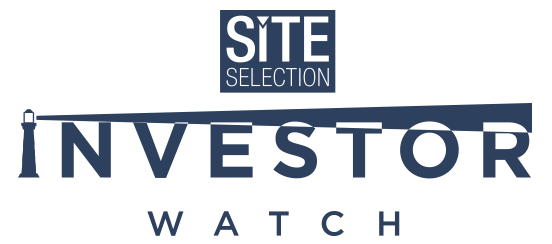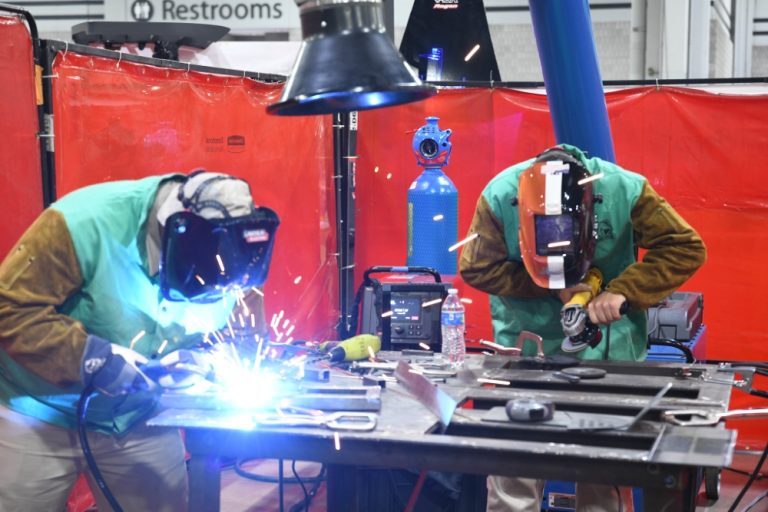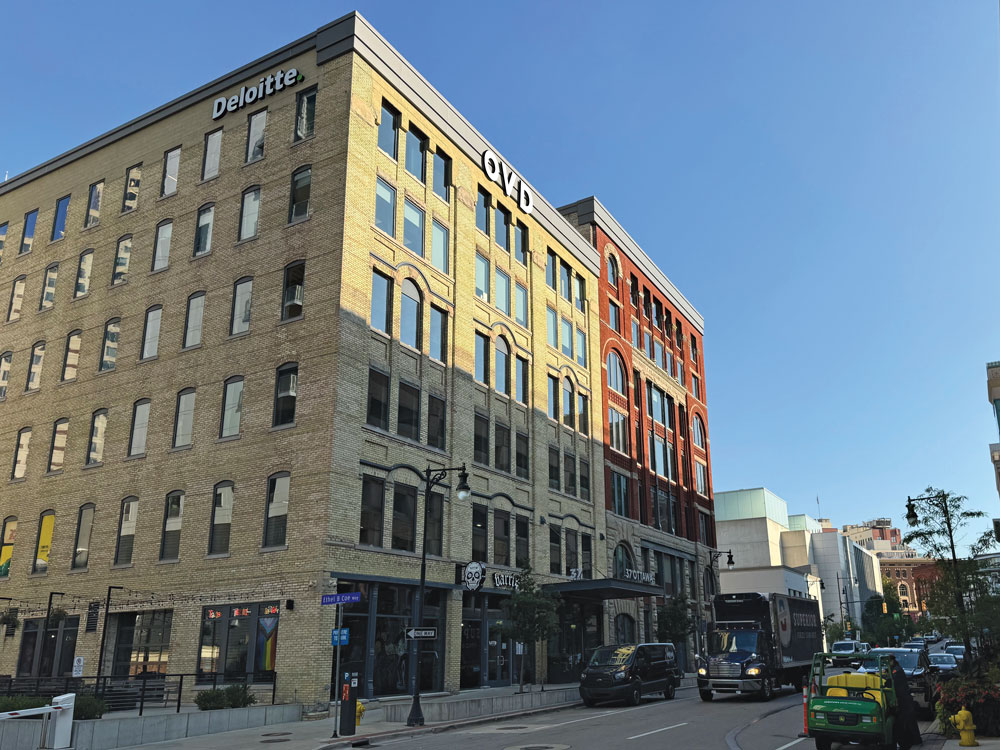|
|
|
|
|
|
|
|
|
|
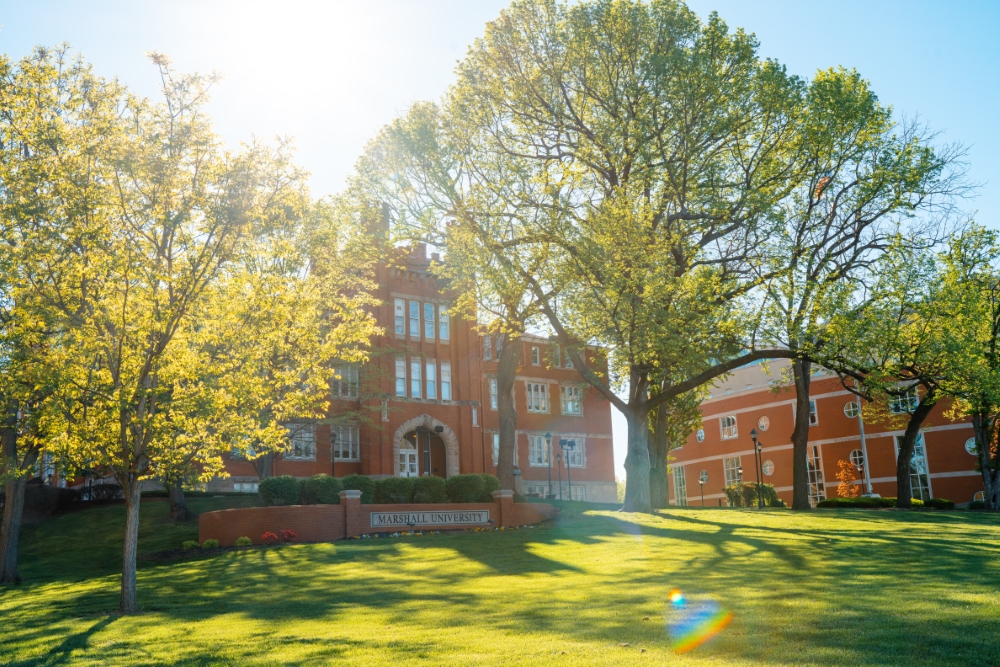
|
|
|
RESEARCH & SCIENCE PARKS
A New Future for Higher Ed
Through partnerships, schools can be the engine for research, innovation and workforce development, write our exclusive contributors from the Network of Academic Corporate Relations Officers and the Association of University Research Parks.
|
|
|
Read More >>>>
|
|
|

|
|
|
INVESTMENT PROFILE: SILICON RANCH
How Communities Win In the Solar Farm Arena
Nashville-based Silicon Ranch, the solar energy company that builds, owns and operates utility-scale solar energy infrastructure, has become a trusted partner to utilities, communities and large energy users.
|
|
|
Read More >>>>
|
|
|
|
ADVERTISEMENT

|
|
|
|
|

A new $240 million Nature’s Bakery plant opened yesterday in Salt Lake City, Utah.
Photo courtesy of Mars, Inc.
|
|
Mars, Inc., this week announced it will invest $2 billion into U.S. manufacturing after allocated $6 billion over the past five years. The investments include a $240 million, 230-job investment in a Nature’s Bakery facility holding its grand opening yesterday in Salt Lake City and a $450 million, 270-job Royal Canin dry pet food facility that opened in Lewisburg, Ohio, earlier this year.
Projects from Mars have been populating Site Selection and the files found in the Conway Projects Database for decades, including a major chocolate snacks plant in Topeka, Kansas, in 2011 that since that time has expanded and a Mars Wrigley HQ move to New Jersey.
Since 2015 the Conway Projects Database has documented 21 major facility investments from Mars and its various divisions, including projects in India, the UK, China and Russia as well as in Texas, Illinois and Georgia.
|
|
|
|
|
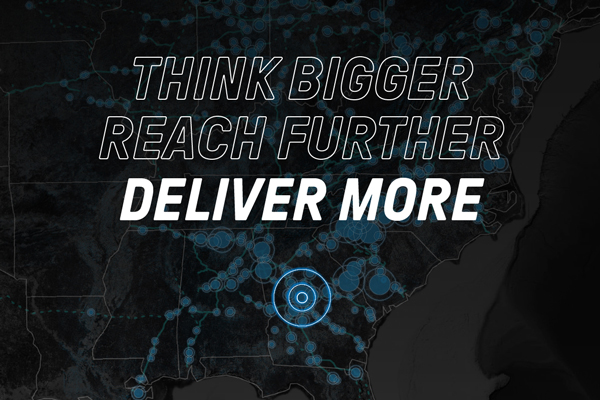
|
|
|

Power Growth with Rail
Let our industrial development experts help you grow with the right rail-served site.
Reach further with rail. We connect you to more than 700 rail-served industrial sites across 22 states. We help you reach further, from coastal ports to inland hubs — and beyond.
Strategically position your site for success. Our rail network is vast. Just like our knowledge. Whether you’re expanding or relocating, our industrial development experts can help you to find, build and connect the right site.
Deliver on your sustainability goals. Fewer miles on roads. And a lighter carbon footprint. That’s what our rail-served sites can deliver. Working with us can help you make big progress toward big sustainability goals.
Get ready to grow with rail. From location strategy to site planning, our industrial development team is here to help you deliver more with precision, scale and efficiency.
|
|
Learn More >>>>
|
|
|
|
|
|
|
|
|
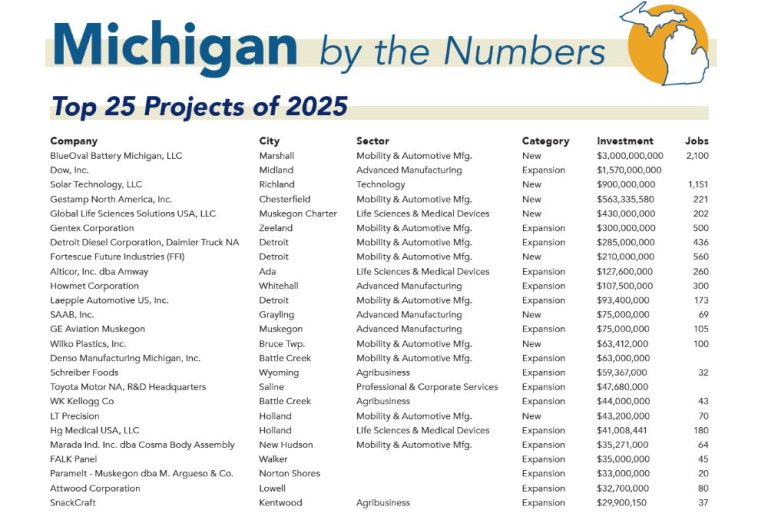
|
|
STATISTICAL PROFILE
Michigan By the Numbers
Project data, rankings, demographics and other statistics paint a profile of a state on an upward trajectory.
|
|
|
|
|
|
|
ADVERTISEMENT

|
|
|
|
|
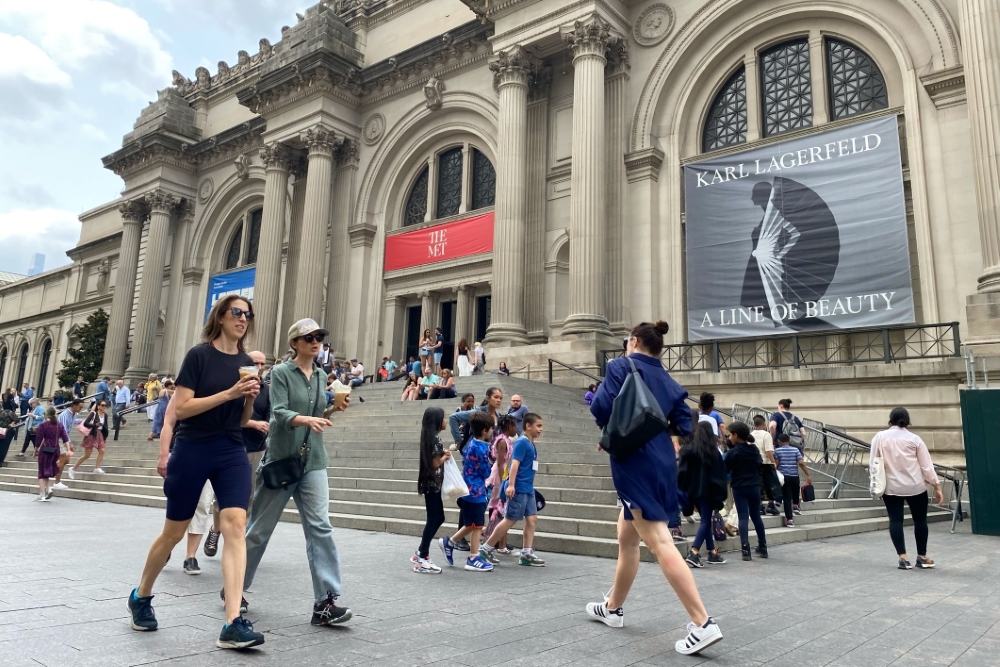
This 2024 photo of the Grand Steps at The Metropolitan Museum of Art in New York City illustrates some of the findings in a new MIT study: Public space, altered by mobile phone use and the proliferation of indoor meeting places such as coffee shops, has become more of a thoroughfare and “less a space of encounter.”
Photo by Elena Chertovskikh: Getty Images
|
|
A new study co-authored by MIT scholars finds that the average walking speed of pedestrians in three northeastern U.S. cities increased by 15% from 1980 to 2010, while the number of people lingering in public spaces declined by 14%. “What we’re seeing here is that public spaces are working in somewhat different ways, more as a thoroughfare and less a space of encounter,” said MIT professor of the practice Carlo Ratti, a co-author of the study.
The researchers used machine-learning tools to assess 1980s-era video footage captured by renowned urbanist William Whyte, in Boston, New York, and Philadelphia, said an MIT release, then compared the old material with newer videos from the same locations: Boston’s Downtown Crossing area; New York City’s Bryant Park; the steps of the Metropolitan Museum of Art in New York (pictured above); and Philadelphia’s Chestnut Street. “When you look at the footage from William Whyte, the people in public spaces were looking at each other more,” Ratti says. “It was a place you could start a conversation or run into a friend. You couldn’t do things online then. Today, behavior is more predicated on texting first, to meet in public space.” Outdoor group socializing also may be less common due to “the proliferation of coffee shops and other indoor venues. Instead of lingering on sidewalks, people may have moved their social interactions into air-conditioned, more comfortable private spaces.”
|
|
|
|
|
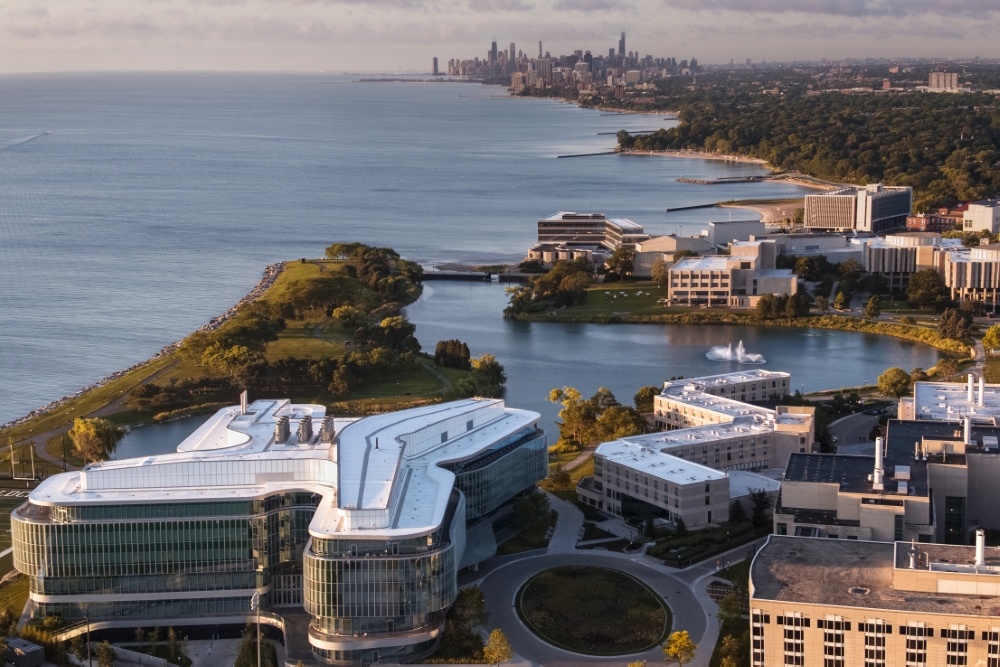 Photo courtesy of Northwestern University
Photo courtesy of Northwestern University
|
|
One of the universities leading the way in R&D is Northwestern University, whose research has a $3 billion economic impact ($1.9 billion in Chicagoland alone) and supports 14,500 jobs nationally. An aerial view from above the university’s Kellogg School of Management takes in the Lake Michigan shoreline and the Chicago skyline.
|
|
|
|
